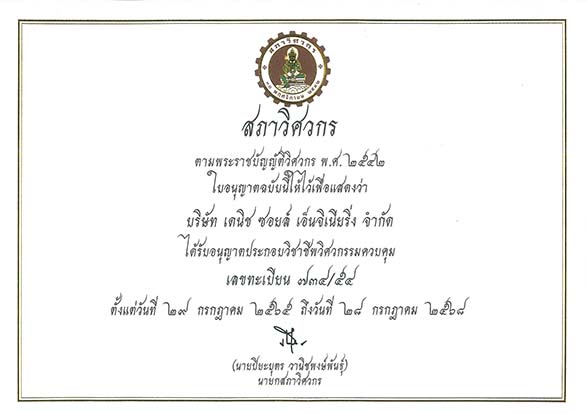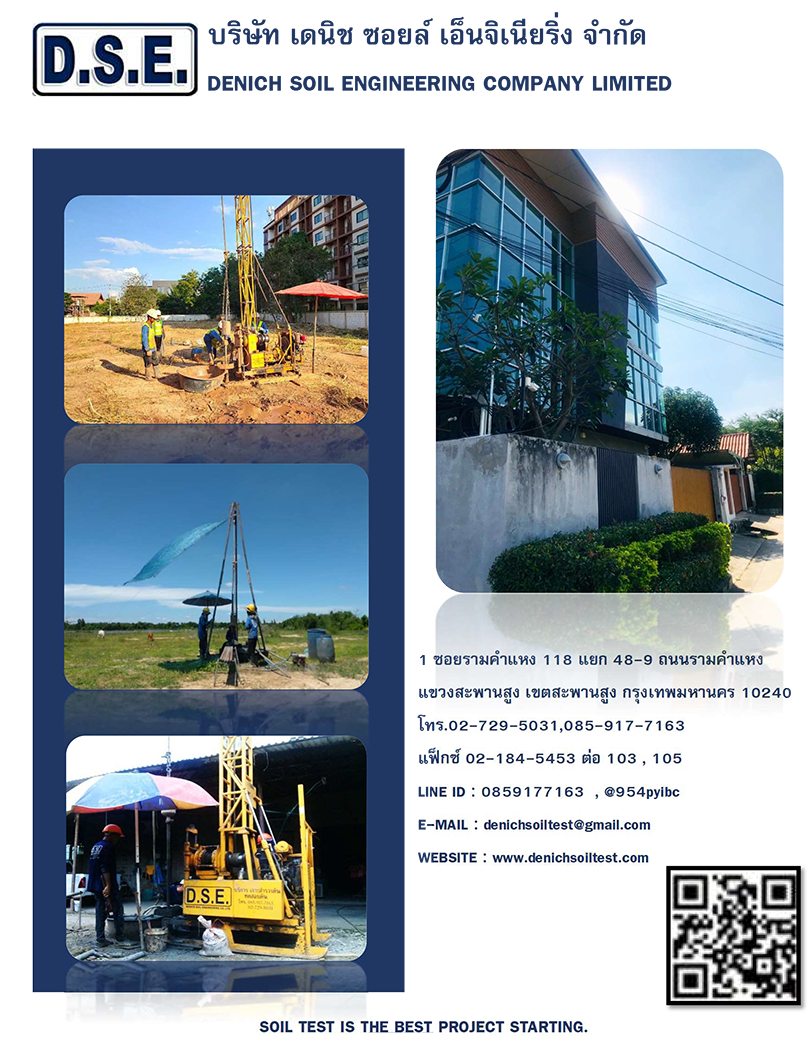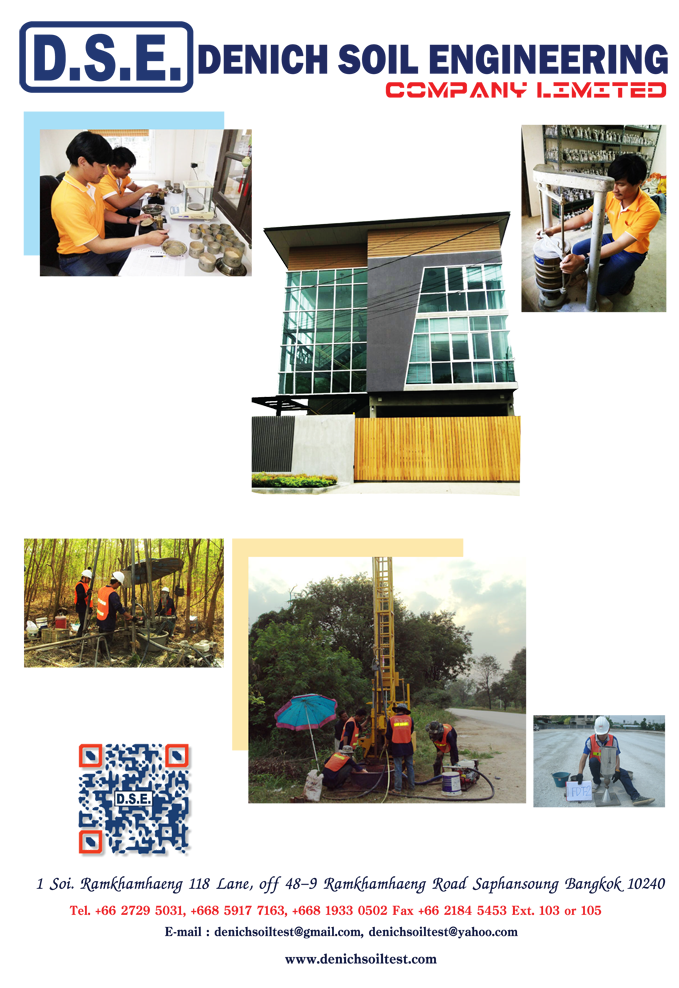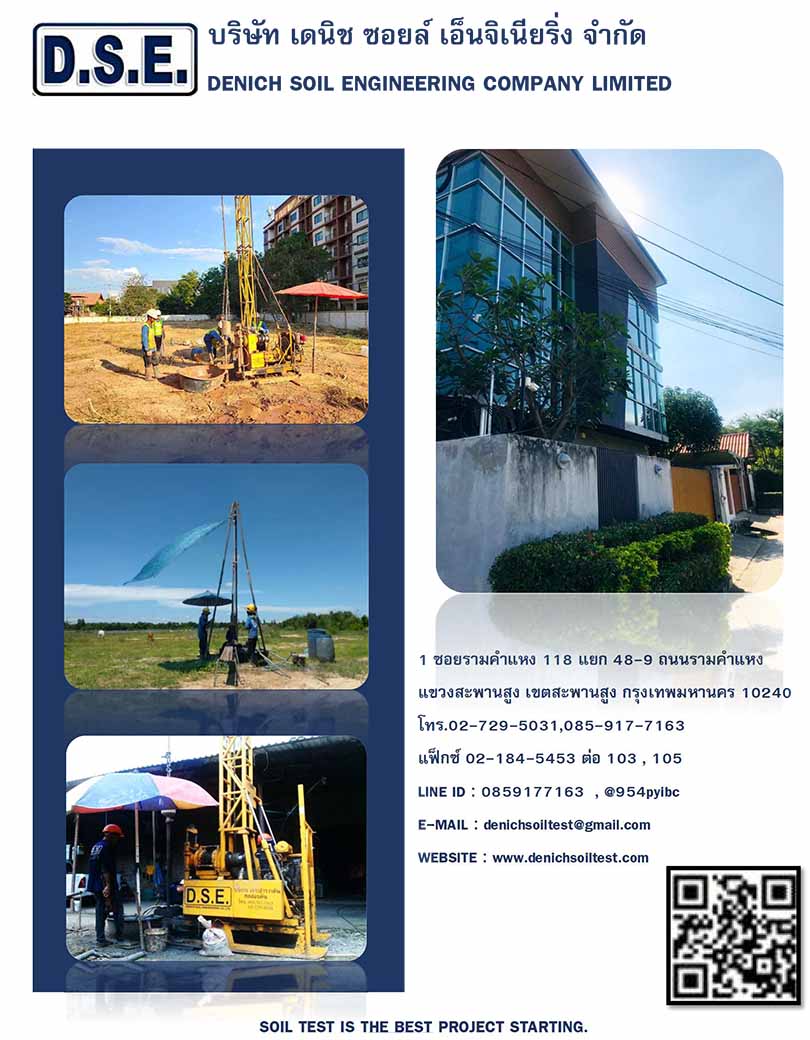Atterberg’s Limits Test Service
The Atterberg limits are water contents which define the limits of various stages of consistency for fine-grained soils. The liquid limits (LL) and the plastic limit (PL) define the upper and lower limits, respectively, of the plastic of soil; the numerical difference between these two limits expresses the plasticity of a soil and is termed the plasticity index (PI). Detailed procedures for determining the liquid and plastic limits for use in classifying soils and developing correlations with engineering properties of soils are given below
The objective of the Atterberg limits test is to obtain basic index information about the soil used to estimate strength and settlement characteristics. It is the primary form of classification for cohesive soils.
Fine-grained soil is tested to determine the liquid and plastic limits, which are moisture contents that define boundaries between material consistency states. These standardized tests produce comparable numbers used for soil identification, classification and correlations to strength.
Liquid Limit
The liquid limit of a soil is the water content, expressed as a percentage of the weight of ovendried soil at which two halves of a soil pat separated by groove of standard dimensions will close at the bottom of the groove along a distance of 1/2 in. under the impact of 25 blows in a standard liquid limit device.
Plastic Limit
The plastic limit of a soil is the water content, expressed as a percentage of the weight of oven dried soil at which the soil just begins to crumble into short pieces when rolled into a thread 1/8 in. in diameter.
source: EM 1110-2-1906 Apendex III Change 2 20 Aug 86 U.S. Army Corps Engineers

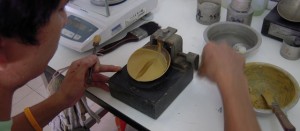
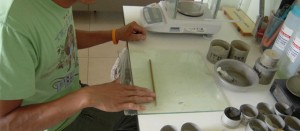
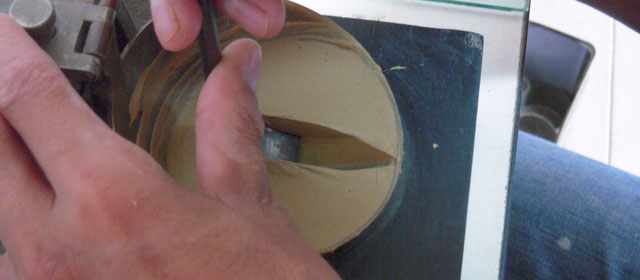 Next Post
Next Post